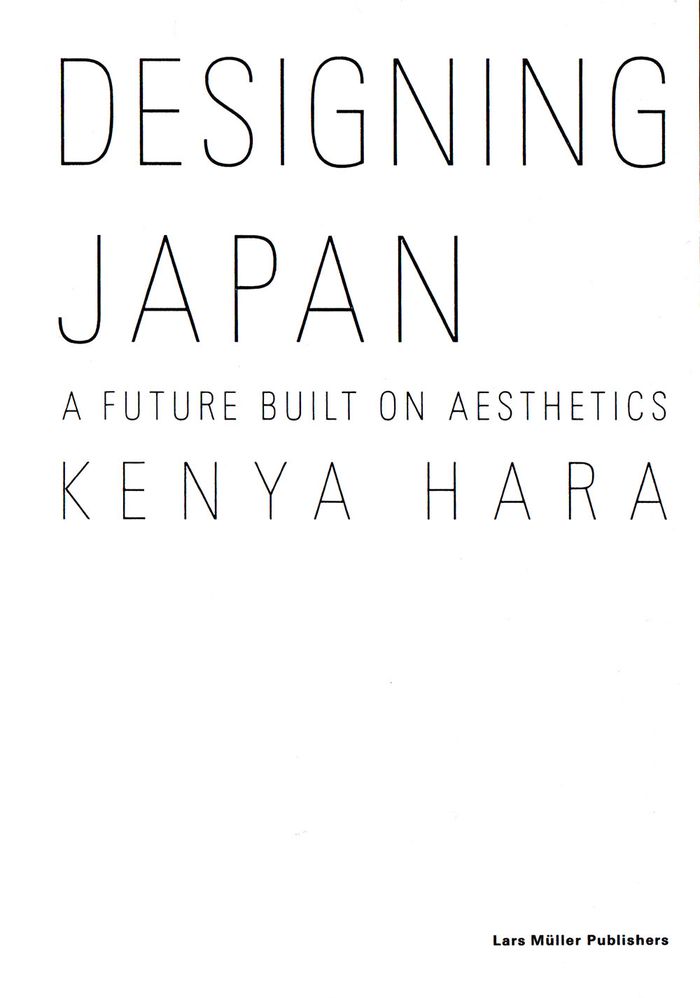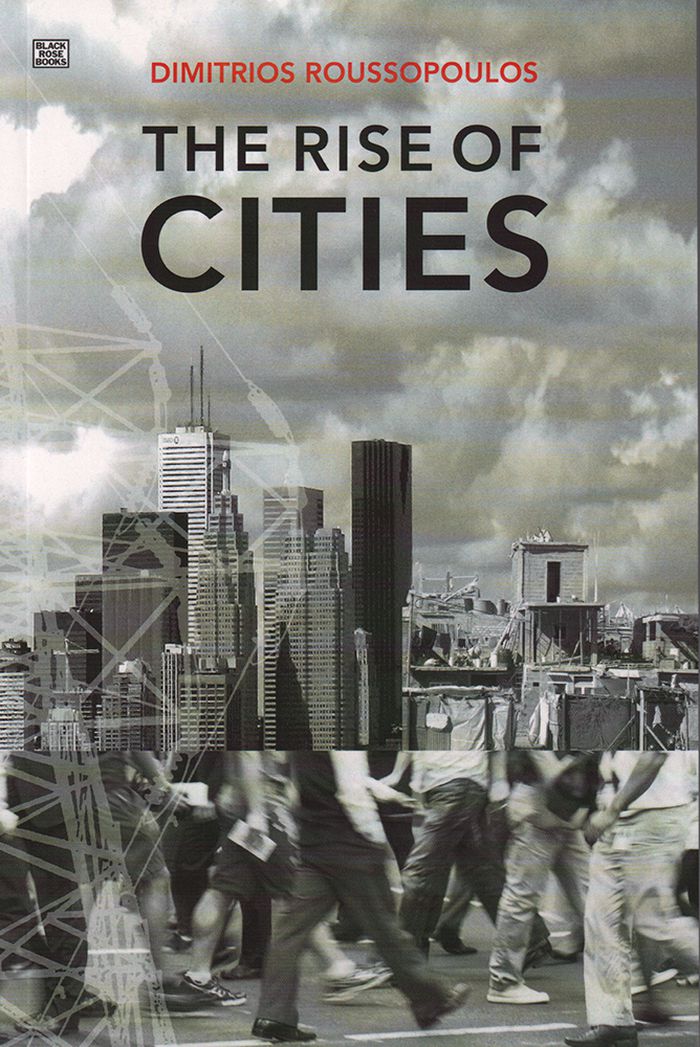livres
Description:
[2], 101, [1] pages, 60 [i.e. 52] engr. plates ; 50.6 cm (2)̲
Paris : Chez l'Auteur ... Barbou ... a Yverdun, chez le Professeur de Félice, 1786 [i.e. 1787?]
Description des Bains de Titus, ou Collection des peintures trouvées dans les ruines des thermes de cet Empereur / et gravés sous la direction de M. Ponce ... Avec un avant-propose et un texte explicatif des planches.
Actions:
Exemplaires:
Description:
[2], 101, [1] pages, 60 [i.e. 52] engr. plates ; 50.6 cm (2)̲
livres
Paris : Chez l'Auteur ... Barbou ... a Yverdun, chez le Professeur de Félice, 1786 [i.e. 1787?]
livres
Description:
109 pages : illustrations (chiefly color) ; 25 cm
Ostfildern, Germany : Hatje Cantz, ©2013.
Allied Works Architecture : Clyfford Still Museum.
Actions:
Exemplaires:
Description:
109 pages : illustrations (chiefly color) ; 25 cm
livres
Ostfildern, Germany : Hatje Cantz, ©2013.
$39.95
(disponible sur commande)
Résumé:
As Art Director for Muji since 2002, Japanese graphic designer Kenya Hara (born 1958) and his aesthetic of pared-back, beautifully functional objects has taken the world by (quiet) storm. With “Kenya Hara: Designing Japan”, the designer presents his vision of how his industry can contribute to the future of his country: a future founded on Hara’s unique philosophy of(...)
Kenya Hara, designing Japan: a future built on aesthetics
Actions:
Prix:
$39.95
(disponible sur commande)
Résumé:
As Art Director for Muji since 2002, Japanese graphic designer Kenya Hara (born 1958) and his aesthetic of pared-back, beautifully functional objects has taken the world by (quiet) storm. With “Kenya Hara: Designing Japan”, the designer presents his vision of how his industry can contribute to the future of his country: a future founded on Hara’s unique philosophy of beauty as well as crowd-sourced wisdom from around the world. The book spans history, from the beginnings of professional Japanese design in the 16th century to the impact of the 2011 Tohoku earthquake. But Hara's real focus is on the future. A master collaborator, meticulous organizer and globally conscious innovator, Hara draws on more than three decades of work in design and exhibition curating, as well his professional interactions with creators from many fields. “Designing Japan” offers a foundation course on the essence of Japanese aesthetics, while maintaining a practical approach to Japan’s circumstances and future possibilities. Hara reveals the methods by which designers in Japan work with government and industry, and considers how design can propose solutions for this island nation as its population ages, other nations take over manufacturing and technology develops. Illustrations and examples recognize successful problem-solving through design, proving that design is a living, changing industry that remains relevant not in spite of, but as a partner to, advancing technology.
$26.99
(disponible sur commande)
Résumé:
In the late 2000s human society entered a new urban epoch in which the majority of human beings live in cities. Whilst the city has historically been viewed as the foundation of democracy and citizenship, the geo-political spaces of modern cities are widely misunderstood despite their key role in shaping contemporary global society. How and why have cities become the(...)
Rise of cities: Montréal, Toronto, Vancouver and other cities
Actions:
Prix:
$26.99
(disponible sur commande)
Résumé:
In the late 2000s human society entered a new urban epoch in which the majority of human beings live in cities. Whilst the city has historically been viewed as the foundation of democracy and citizenship, the geo-political spaces of modern cities are widely misunderstood despite their key role in shaping contemporary global society. How and why have cities become the command centres of the world economy? Does globalization menace cities as we know them? Are cities able to exercise democratic control and strategic choice when multinational corporate competition increasingly limits the importance of place? The Rise of Cities offers intriguing responses to these questions by analyzing how cities coalesce, develop and thrive, and how they can remake themselves for better for worse. Examining key issues such as the parasitic relationships cities have with Nature, the webs of trade and immigration they rely on to survive, and the spatial structure of the contemporary metropolis, the contributors develop a startling outline of cities in crisis and demonstrate why the State has failed, and must fail, to end the urban crisis. These themes are explored through a variety of concrete, real-world examples of the challenges of urban politics: metropolitan governance, urban redevelopment policy, housing problems, grass roots activism and urban planning. In the background looms the spectre of neo-liberal globalization, with the development of influential world cities related to the emergence of modern telecommunications, the growth of multinational corporations and the generation of a world economy with an increased movement of cultural symbols and artifacts across national borders.
Architecture du Canada

